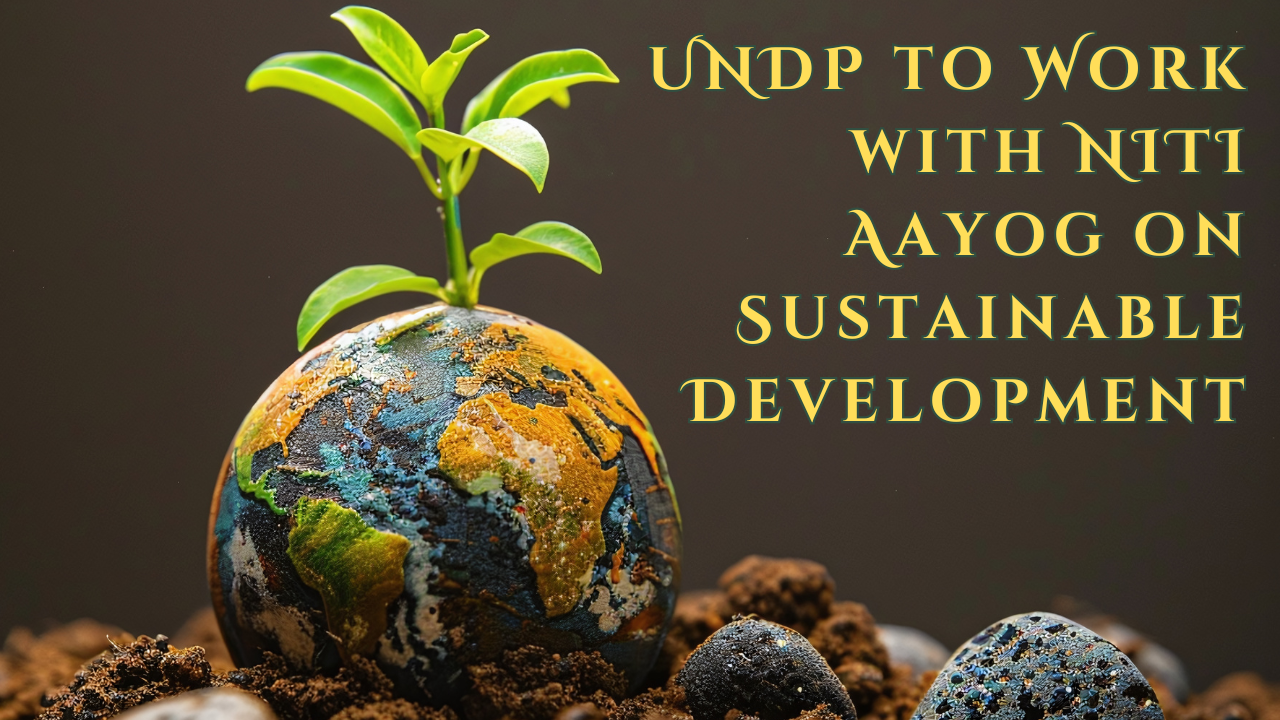Bank Lending to Businesses
Context:
Bank lending to industry and services sectors grew by 16.3 percent in March 2024 as against 12.5 percent in the same period of last year.

More on News:
- According to the Reserve Bank of India’s (RBI), outstanding bank credit to businesses stood at Rs 82.73 lakh crore in March 2024, as against Rs 71.16 lakh crore in March 2023.
- The growth in bank credit to businesses rose by 14.6 percent on a year-on-year basis, up 210 basis points (bps) compared to March 2023.
- Bank loans to industry segments increased to 9 percent y-o-y in March 2024 compared to 9.1 percent y-o-y in February 2024 and 5.6 percent in March 2023.
- Outstanding credit to industries stood at Rs 36.83 lakh crore as of March 2024, as against Rs 33.8 lakh crore in March 2023.
- The credit to large industries grew 7 percent y-o-y to Rs 26.51 lakh crore in March 2024, as against a growth of 3.1 percent in March 2023.
Non-Performing Assets (NPAs)
NPAs refer to loans or advances that have stopped generating income for the bank, typically defined as loans where the principal or interest remains overdue for more than 90 days. The Net NPA percentage of Public Sector Banks in India is higher than that of Private Sector Banks.
Gross Non-Performing Assets (GNPA)
GNPA is an absolute amount that represents the total value of gross non-performing assets for a bank in a particular quarter or financial year.
Factoring
Factoring is when a business sells its invoices to a third party at a discount for immediate cash, aiding short-term cash flow, especially for small and medium-sized businesses.
Impact of Credit Growth on the Indian Economy:
- Robust Economic Growth: Credit growth signals robust demand in the Indian economy, with bank credit expanding by 11.4% in FY24 and deposits rising by 9%.
- Relationship Between Credit and Growth: The financial system, especially banking, plays a crucial role in allocating resources efficiently, promoting economic growth.
- Sectoral Impact: Long-term credit demand has seen growth in sectors like infrastructure, textiles, chemicals, food processing, metals, and iron and steel. Infrastructure is experiencing increased credit flow, with a positive impact on economic growth.
- Bank Credit Growth Outlook: Bank credit growth in India is expected to be around 14-14.5% in FY25, with personal loans and NBFCs being major growth drivers.
- Credit Landscape Post-Pandemic: The banking system remains the primary source of credit for consumers, agriculture, and most MSME borrowers.
- Job Creation: Infrastructure financing credit growth can spur job creation, aided by government plans for significant infrastructure development to boost capital spending and stimulate economic growth.
- As per private estimates, “Every Rs 1 crore invested in the infrastructure sector, generates 200-250 man-years of employment for unskilled, semi-skilled and skilled workers of at least 70 trades.”
- Economies of Scale: The expansion of credit and banking reach in India, along with changes in transaction methods, directly impacts the growth trajectory of the economy, potentially leading to economies of scale.



